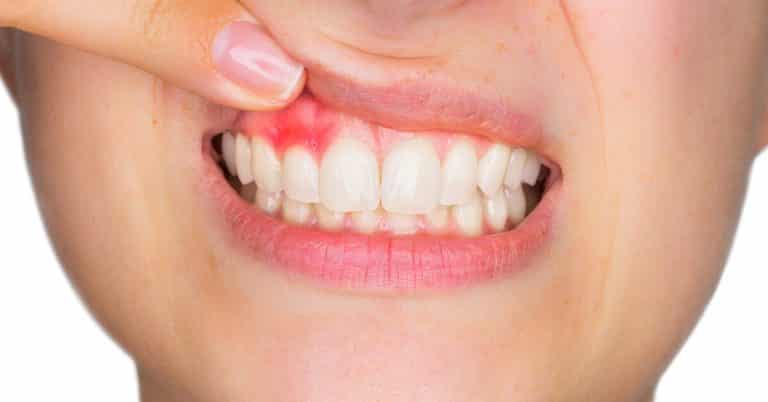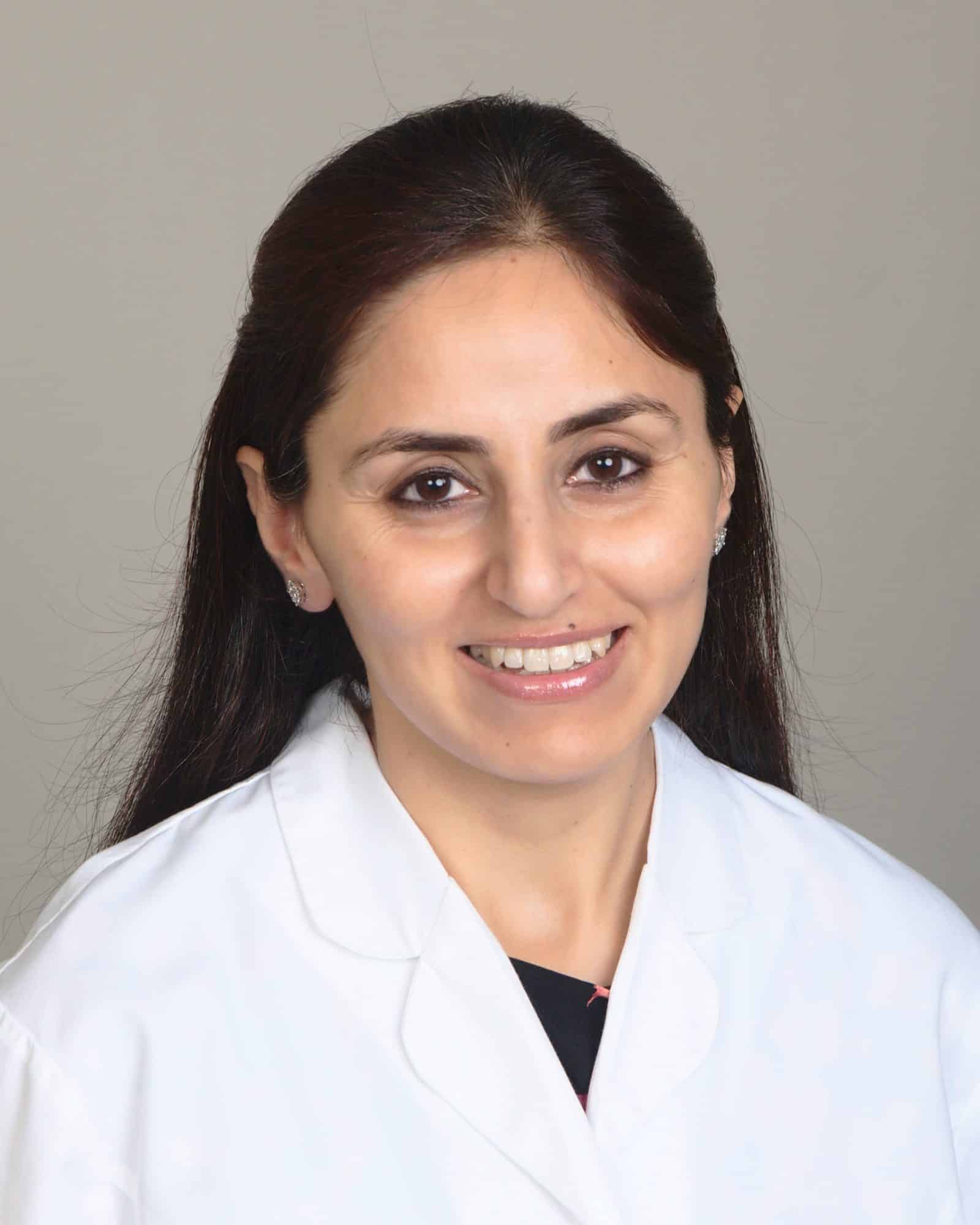Gum Disease

Dr Harmanpreet Kaur, a Board-certified Dentist, based in Plainfield, New Jersey, comes across many patients who often come with issues related to gums. One of the prominent dentistry services provided by Dr Kaur’s Dental Designer, NJ are the treatments for gum diseases.
What Are Gum Diseases?
Gum diseases are often accompanied by inflammation and weakening of the gums. Gum diseases are primarily divided into two prominent conditions:
Gingivitis:
Gingivitis is one of the most common gum diseases. Dr Harmanpreet Kaur explains it is often a result of prolonged plaque build-up due to bacteria which results in the inflammation of gums. Gingivitis, when treated in its initial stage, can be treated easily without causing any major damage to the gums or the teeth.
However, when left untreated it can lead to further issues and can result in Periodontitis. Hence, Dental Designer, NJ emphasizes that meeting your dentist early on when you feel discomfort or pain in the mouth is pertinent.
Periodontitis:
Periodontitis is a gum disease that generally affects the soft tissue of the gum. The inner layer of the holding of the tooth loosens and forms pockets.
These pockets often get infected and debris may form there resulting in the gums and bones pulling away from the teeth loosening the hold on the tooth. If left untreated, periodontitis may result in the loss of the tooth.
Gum diseases are highly preventable according to accredited dentist Dr Harmanpreet Kaur. Maintaining good tooth-brushing habits, flossing, and getting a professional dental cleaning at least twice a year will help in having good gum health and also helps in retaining your brilliant smile!
What Are The Causes Of Gum Diseases?
The different causes of gum diseases are as follows:
- Poor Oral Hygiene – In order to maintain a healthy mouth, following certain steps is necessary. These involve brushing the teeth twice a day, flossing, using a good quality fluoride toothpaste, using a medical-grade mouthwash, etc. Poor oral hygiene is one of the most prominent reasons for gum diseases.
- Plaque Build-up – Plaque constantly builds up on the teeth and is one of the major factors which pave the way for gum diseases like gingivitis and then periodontitis. It is the sticky substance that constantly keeps the acid in contact with the teeth which leads to further problems. Cleaning the plaque build-up at least two times a year is advisable with the help of a dental hygienist to avoid gum diseases.
- Aging – As individuals age, it becomes mandatory to look after oral health because the gums lose their strength and they become more prone to catch on infections and diseases. Thus aging also factors in when it comes to gum diseases.
- Hormonal Changes – Hormonal changes like pregnancy, puberty, menopause, etc also make the gums more sensitive. This increases the possibility of gum diseases.Many times patients are unaware that hormonal changes can lead to oral health problems.
- Illnesses – People with diabetes are more prone to catch gum infections due to the high blood sugar level. Also, diseases affecting immunity like cancer, HIV, etc also make the gums more sensitive and open to catch infections.
What Are The Symptoms Of Gum Diseases?
According to Dr Harmanpreet Kaur, the qualified dentist based out of Plainfield, NJ, some of the most common symptoms of gum diseases involve the following:
- Redness or swelling on the gums
- Bleeding gums
- Consistent bad breath
- Receding gums
- Loose teeth
- Painful Chewing
- Pus between the teeth and the gums
- Formation of pockets between teeth and gums
In the early onset of gum infection or diseases, one might not see any symptoms. However, as the infection grows, the symptoms start to be more visible. Getting early diagnosis and treatment greatly helps to nip the problem in the root before it has caused any long term issue to the gums or teeth.
Dr Harmanpreet Kaur believes in timely visits to the dentists’ office for this very reason as they are able to diagnose the issue well before-hand.
What To Expect At An Appointment With Dr Harmanpreet Kaur?
Dr Harmanpreet Kaur is a qualified and accredited dentist based in Plainfield, New Jersey who is known for thorough evaluations before reaching a diagnosis.
A one-on-one discussion with Dr Kaur about your needs and requirements will take place. She will also ask you about your oral care habits and dietary choices to understand your case completely.
The next step is a dental exam. Dr Harmanpreet Kaur will examine your mouth and teeth. In case she is satisfied with this evaluation then she will prescribe the course of treatment.
As treating gum diseases has different methods, the right method for your case will be discussed with you. The entire procedure will be explained to you well beforehand.
You can use this time to ask her all your doubts including those about dental insurance, risks related to the procedure, etc. Dr Kaur will clear all your doubts and begin your treatment.
What Are the Different Ways With Which Gum Diseases Can Be Treated?
Dr Harmanpreet Kaur explains that gum diseases can be treated both ways, that is, non-surgically as well as surgically. This highly depends upon each unique case and the level of infection the patient is at
Non-surgical methods
-
Professional Teeth Cleaning
- Teeth cleaning or also often referred to as dental cleaning is a procedure that helps to remove all the build-up which might accumulate overtime on the teeth.
- This build-up is generally tartar and plaque which hamper the overall oral hygiene.
- According to Dr Harmanpreet Kaur, although one might follow stringent oral hygiene practices, it is advisable to get teeth cleaning done at the dentist’s office.
- This deep cleaning method is different from our every day at-home cleaning and helps to counter the gum infection and disease.
-
Scaling and Root Planing
- The first step involves using a scaler in order to scrape off the accumulated tartar near the gums and in between the teeth.
- This is done with the help of a small mirror which is used for guidance.
- Scaling often can be uncomfortable due to the unpleasant sound it might produce. However, built-up tartar can be removed only in the teeth cleaning procedure.
- Root planing involves the smoothing of the accumulated and hardened tartar (calculus). Smoothing the rough patches gives the gums a clear surface to reattach to the teeth.
These procedures are done under local anesthesia so that the patient does not feel any pain or discomfort during the on-going procedure.
Non-surgical methods also involve the use of different antiseptic mouthwashes, antiseptic chips containing chlorhexidine which are inserted into the pockets after root planing and even oral antiseptics in order to treat gum diseases.
Surgical Methods
-
Flap Surgery
- The first step in this procedure involves the lifting of the gums to remove the tartar.
- After that, the damaged bone is smoothened with root planing procedure to eliminate all the areas where bacteria might hide and accumulate.
- The gums are then snugly fit so that no space remains for the infection to fester.
- This step ensures that the size of the space between the gums and the teeth is totally reduced thus canceling the chance of the infection.
-
Guided Tissue Regeneration
- This procedure helps to stimulate the growth of both, the bone as well as the gum tissue.
- This is generally done with a combination of flap surgery.
- In this procedure, a piece of small mesh-like fabric is inserted between the gum tissue and the bone.
- This insertion of the fabric disallows the gum tissue from growing where the bone should be.
- This helps the connective tissue and bone to regrow to better support the teeth.
-
Soft Tissue
- In this case, grafted tissue is taken (mostly from the roof of the mouth) and is stitched into place.
- This fills the places where the gums have receded adding the soft tissue to the affected area.
-
Bone grafts
- In this procedure, fragments from either one’s own bone, synthetic bone, or donated bone are taken to replace the destroyed bone due to the infection.
- In this case, the grafted bone serves as the platform for the bone to regrow.
In most cases, non-surgical methods work well in order to clean the gum infection. Surgical methods are chosen when the surrounding tissue and bone have been damaged.
The type of procedure required to treat gum diseases is decided after taking into consideration all the aspects associated with individuals oral health. This is the main reason Dr Harmapreet Kaur highly prioritizes consultations.
What To Expect Before The Procedure Of Gum Disease Treatment?
Treatment for gum disease does not often require any specific tests as such. However, before the treatment begins, an x-ray of the affected area might be taken.
This helps Dr Harmanpreet Kaur to understand the severity of the infection as well as whether the infection has spread to the surrounding bones.
Also, any impending allergies must be informed to Dr. Harmanpreet Kaur. Apart from that, it is necessary for the patient to have a calm and relaxed mind for the procedure to go smoothly.
How Is The Recovery After The Treatment?
The recovery rate, as well as the time required, varies from person to person. It highly depends upon the severity of the infection and the method used to counter the same.
For non-surgical treatments, there is no special care that needs to be taken. Dr Harmanpreet Kaur might prescribe some antibiotic treatment so as to maintain the results after the procedure.
In the case of surgical treatments, there might be absorbable sutures in the affected area. Dr Harmanpreet Kaur will provide all the necessary instruction regarding their care along with any restrictions on food intake.
One of the most important instructions involves the changes that one needs to make in their daily routine in order to have clean and healthy teeth and gums.
Visiting the dentist from time to time is absolutely necessary to avoid any long term damage to the teeth and gums.
Are Gum Disease Treatments Covered By Dental Insurance?
As the methods of treating gum diseases vary greatly, the insurance coverage greatly depends on this. It is necessary to get into touch with the dentist in order to analyze and implement this aspect of the treatment.
Consult Dr. Harmanpreet Kaur

As a general dentist, Dr. Harmanpreet Kaur is committed to providing comprehensive care and clinical excellence.
She has more than 15 years of experience as a General Dentist and is a member of the American Dental Association and the American Academy of Implant Dentistry.
Dr. Harmanpreet Kaur attended New York University College of Dentistry for her dental education (DDS) and graduated with Honors. Before taking over Dental Designer in 2016, Dr. Kaur worked in several high-quality dental offices in Central Jersey.
She is committed to offering her patients the same level of clinical excellence as she learned from her world-renowned teachers/practitioners. Passionate about the importance of continuing education, Dr. Kaur has completed extensive advanced training in cosmetics, oral surgery, and anesthesia.

